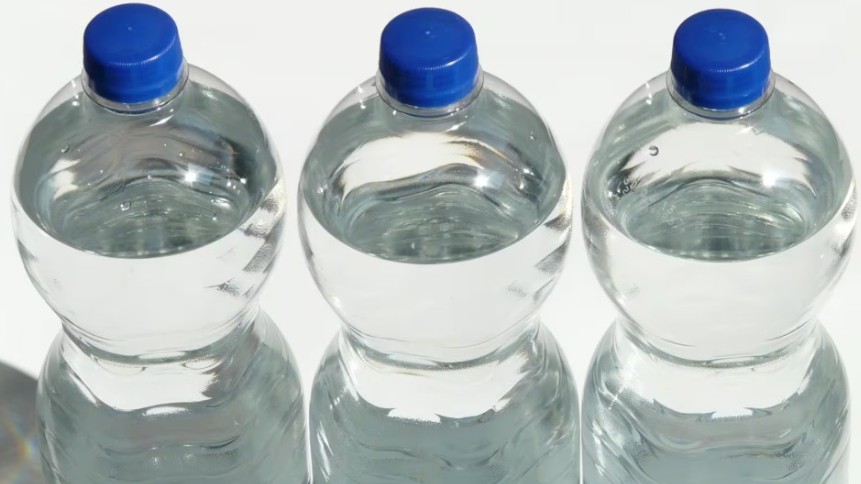Market trends
Chinese plastics processing industry to stay on growth track
작성자 : Aeyoung Park
2018-06-05 |
조회 : 4009
According to the latest data of National Bureau of Statistics of China,
the number of plastics processing enterprises at designated sizes
in China increased from 12,963 in 2011 to over 15,000 in 2017.
Meanwhile, the production volume of plastic products in China totaled
75.155 million tons in 2017, representing an increase of 3.4% when
compared to the previous year. With this trend, the Chinese plastics
processing industry is expected to grow further.
Apart from the continuous increasing number of enterprises at designated size, from January to November in 2017, revenues of these enterprises at from main operations amounted to
RMB 2123.673 billion, representing an increase of 7.33% when compared to the same period of the previous year.
In addition, the earnings of enterprises at designated size in the period of January to Novemb-er of 2017 amounted to RMB 123.095 billion, up 5.15% year on year.
Export on the growing track
Over the years, the policy of achieving a stable foreign trade of China has started to yield
results. The export of plastic products from China has been growing stably.
As one of the biggest export countries of plastic products, China exports a wide range of products to about 230 countries and regions, including the US, Japan, Vietnam, India, UK, Australia, Germany, Korea, and Canada.
In accordance with the statistics of the General Administration of Customs of PRC, the export of plastic products from China in 2017 was 11.68 million tons, up 12.2% year on year. The export value amounted to RMB 262.79 billion, representing an increase of 11.6% year on year. One of the key drivers of the export growth in the industry is the favorable policy environment.
Analyzing the historical statistics, the unit price of Chinese plastic products for export was the highest from March to May and November to January of the next year. On the other hand, the unit price fell in February and from June to August.
The outlook of provinces and cities
The plastics processing industry of China are characterized by highly concentration in eastern, southern and central regions, while other regions are in rapid development. In 2017, the top 8 provinces (Zhejiang, Guangdong, Henan, Jiangsu, Sichuan, Shandong, Fujian, and Hubei) accounted for 2/3 of the domestic market share by volume while other 15 provinces were on the growth.
In 2017, the production volume of plastic in Zhejiang province was 10.3552 million tons, down 3.49% from previous year. However, it still ranked at the top in the production of plastic products by volume.
Zhejiang was followed by Guangdong which produced 10.1532 million tons of plastics product in 2017, up 0.98% from the previous year. In Henan, the production volume was 721.03 million tons, representing an increase of 19.87% year on year.
The top two provinces in the production of plastic products were Zhejiang and Guangdong, both of their production volumes were over 10 million tons. In the future, with the rapid growth of demand for plastics in the automotive, consumer electronics, and medical sectors, the geographic concentration of the Chinese markets is expected to be more reasonable.
In conclusion, the Chinese plastics processing industry was on stable growth with acceleration in industrial upgrading in 2017. Despite high pressure in costing, export trade continued to improve. The differentiation between enterprises was more obvious and cross-industry integration emerged as a trend.
The trends of development
Currently, functional performance, lightweighting, sustainability and microform are the major trends in the Chinese plastic processing industry.
Functional performance is the distinctive feature and competitive advantage of plastics products. Further enhancement in function performance is the direction for development of plastics products. It is also the key for the Chinese plastics processing industry to stay as a pillar of the national economy.
Lightweighting is accompanied with the low carbon economy. Lightweight materials for aircrafts, vehicles, and railway transportation have attracted attention. Conventional materials and workmanship can no longer satisfy the needs of consumers. Brand new technologies for the processing of eco-friendly, lightweight, and highly stiff materials will be the effective ways for the realization of lightweight product featuring energy efficiency and reduction of carbon emission.
Sustainability refers to the use of biological resources in the development and production of biodegradable plastics and bioplastics that facilitate the Chinese plastics processing industry to contribute to environmental protection and sustainable growth of the country and the world.
Microform is a frontier technology in the discipline of the micro/nano-scale fabrication science of polymer. It is extensively used in optoelectronic communication, image transmission, data storage, medical devices, high-end sophisticated structure components, etc. It is expected to gain wider applications in the tooling and advance injection molding technology.
Innovations emphasized in the Chinese plastics processing industryBy the end of the “12th Five-Year Plan”, the Chinese plastics processing industry wasgranted over 66,000 patents on new inventions and new applications. In the sameperiod, 30 technology centers were accredited as national level technology centers,while 9 were cited as national technology innovation models. Besides, 2 centers wereacclaimed as national small and medium enterprise public service models.In China, there are 10 laboratories involving development of plastics processing arelisted as important laboratories in the light industry. In addition, there are 17 specialregions and industrial clusters which are focusing on plastics processing industry inthe country.China has established more than 300 high education schools in the discipline ofpolymer material science and related engineering. In the meantime, there are over28 workstations of academy fellows who are experts and professional in the plasticprocessing industry.
Source: CPRJ International




















